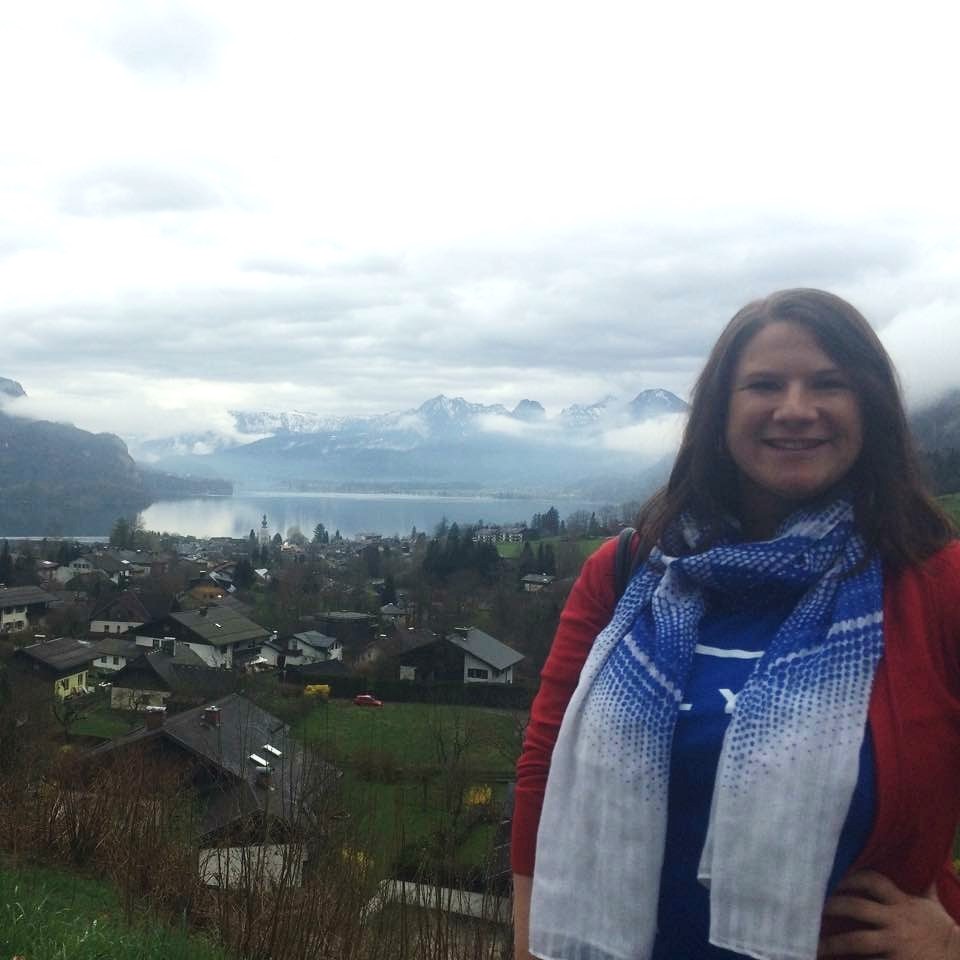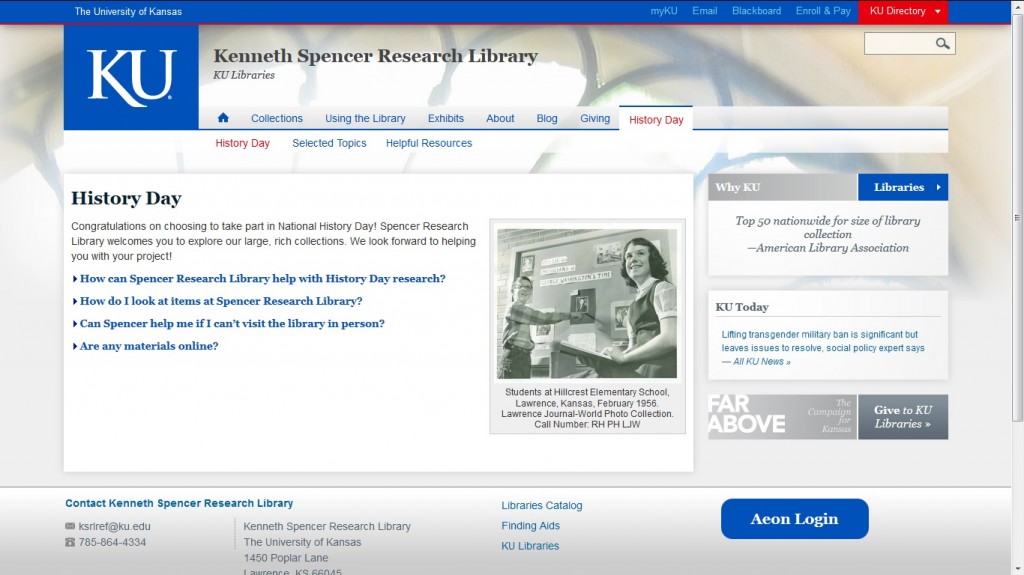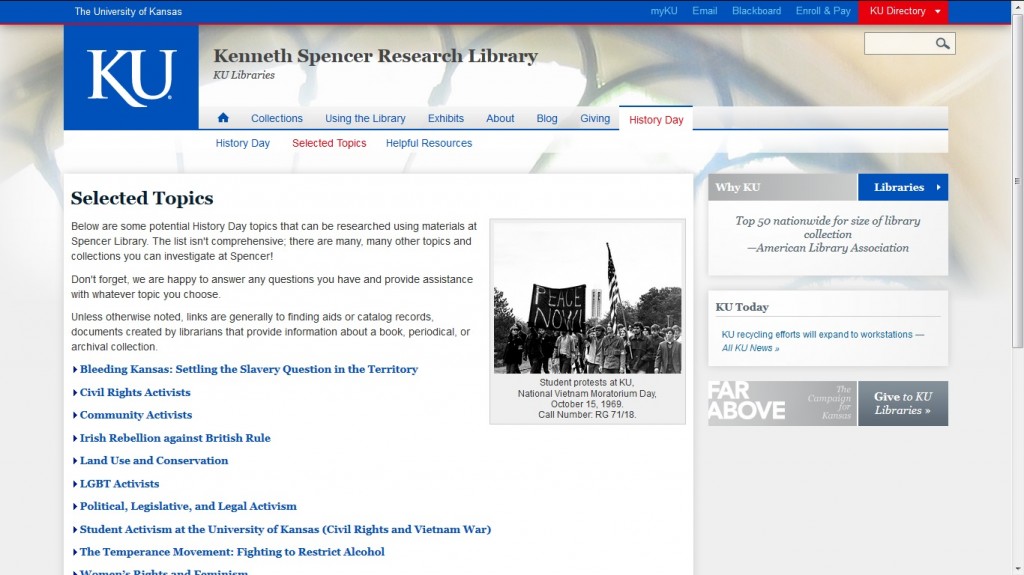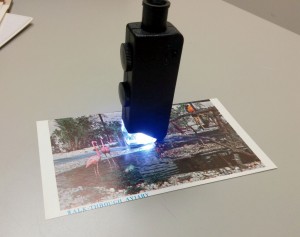Meet the KSRL Staff: Emily Beran
September 20th, 2016This is the ninth installment in what will be a recurring series of posts introducing readers to the staff of the Kenneth Spencer Research Library. Joining us in July 2016, Emily Beran is Spencer’s newest team member; she’s the Library Assistant for Public Services.
Where are you from?
I’m from Claflin, this little town in central Kansas.
What does your job at Spencer entail?
I’m primarily responsible for running reception and assisting with the day-to-day running of things at the Spencer (helping with schedule, office inventory, working with students, etc.). I’m also learning more about the collection right now so that soon I can page materials for patrons and help with research questions.
How did you come to work at Spencer Research Library?
I actually worked for KU Libraries for three years as an undergrad (Watson Cataloging Department). When I saw there was an opening at the Spencer for a library assistant, I knew I had to apply! Not only did the position bring me back to KU but it also gave me the opportunity to work in an environment that really prizes research and accessibility to the amazing resources available here.
What is one of the most interesting items you’ve come across in Spencer’s collections?
Narrowing this down is so hard! Right now I’m really excited about the facsimiles of The St Alban’s Psalter and The Relics of St Cuthbert that I stumbled upon just the other day! Those are at the top of my list of items to check out!
What part of your job do you like best?
Learning more about the collection! I can’t wait to explore more!
What are your favorite pastimes outside of work?
I love to read – something I can do for fun again now that I’m done with my master’s. I also watch a ridiculous amount of Netlfix. Oh and I’m working on learning French!
What piece of advice would you offer a researcher walking into Spencer Research Library for the first time?
Never be afraid to ask questions! It’s the best way to learn!
Emily Beran
Library Assistant
Public Services












